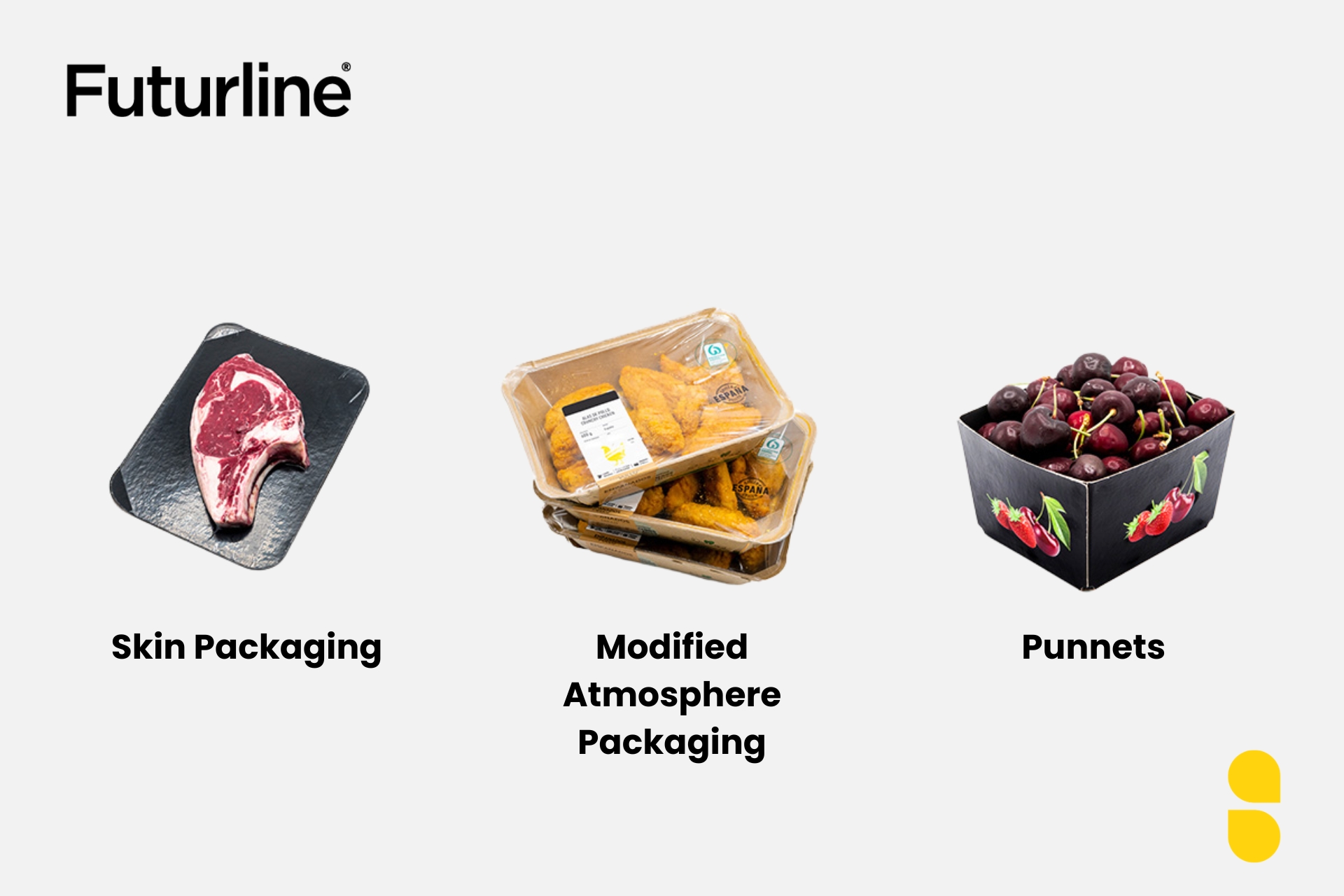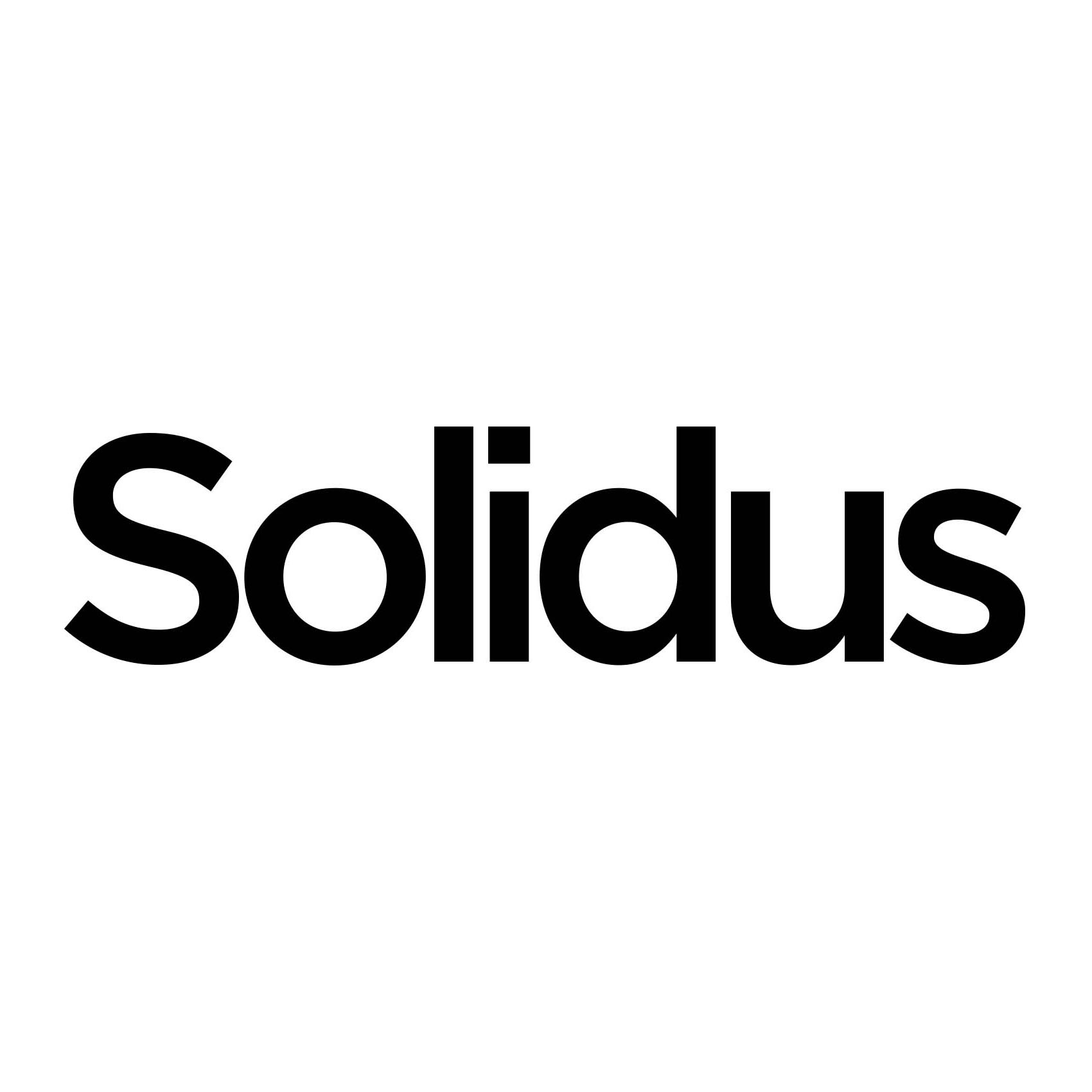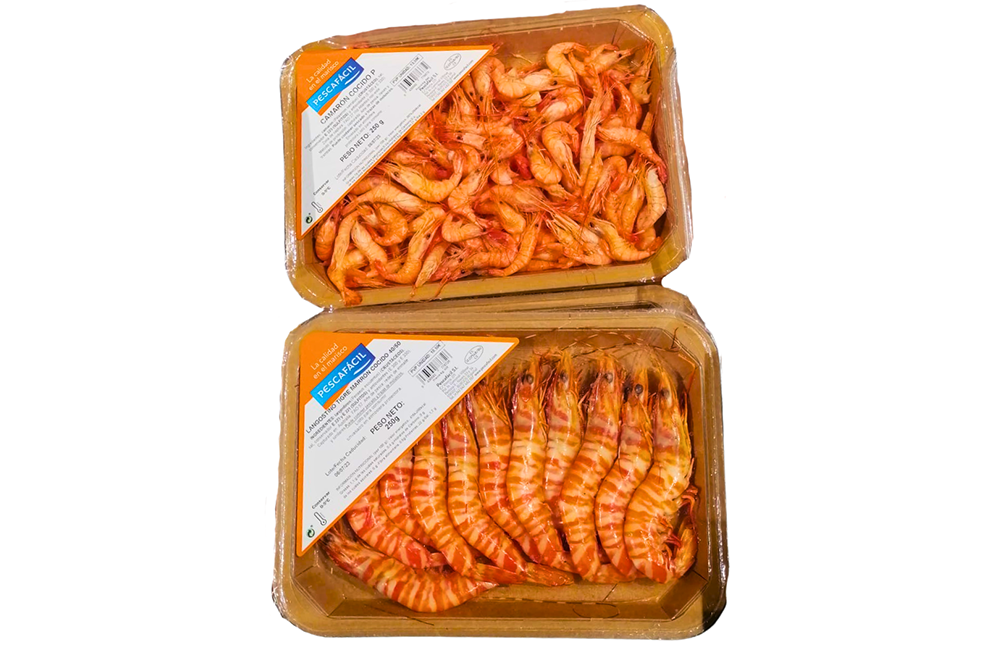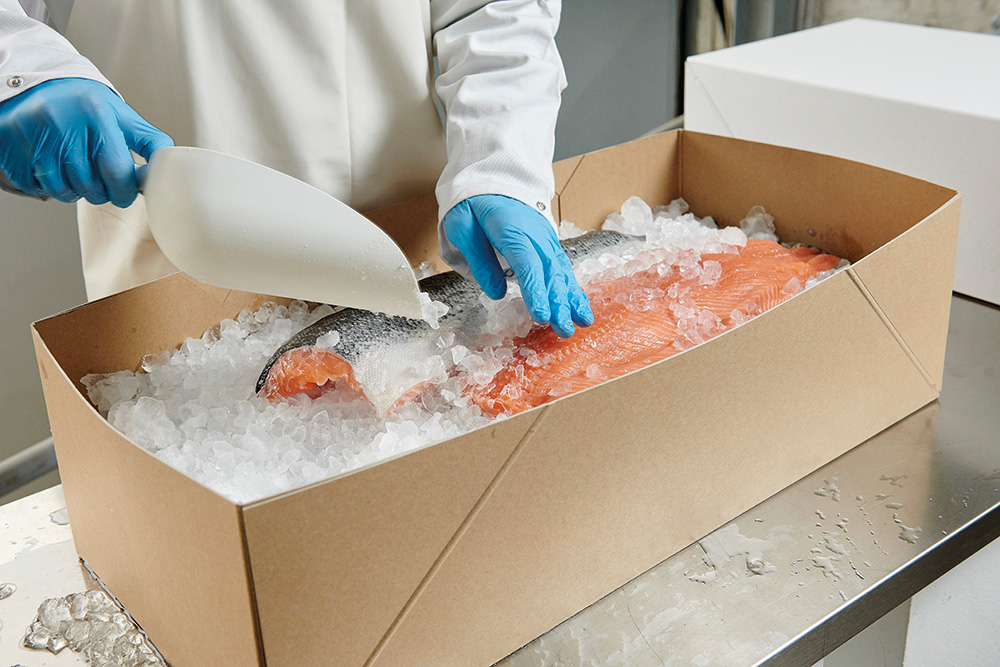Blog
Solidus adapts to sustainable and circular changes in packaging trends
In an era where technology is moving forward rapidly and consumers’ environmental awareness is increasing, the packaging industry is also undergoing significant changes. Witnessing the impact of climate change, increased regulations, and customers’ growing interest in sustainable and circular packaging solutions, Solidus has accelerated the development of circular packaging materials and aligned its branding with these future-proof changes.
For a start Solidus’ business is circular by design: fibres are renewable and given a new life in the recycling process to be reused for producing packaging products. This provides an excellent foundation to contribute to a more sustainable future and a healthier planet. The needs of customers and emerging trends are closely followed to prioritise and give direction to Solidus’ innovation efforts. This will ensure that Solidus remains the preferred choice for customers, and the market leader in circular fibre-based packaging.
Sustainability trends
In 2024, significant changes in packaging trends are expected, many of these are driven by the need for more sustainable packaging solutions. These trends are influenced by three key stakeholders in the market: consumers, brand owners and retailers, and regulators.
Consumers
Consumers play a key role in the development of these market trends. They are becoming more conscious about sustainability, and are willing to take action in order to be more sustainable. The action they are most willing to take is avoid excessive packaging. Consumers pay attention to the packaging of the product they want to buy. Around 53% of customers is willing to pay more for a product packed in sustainable packaging.1 This makes clear that packaging increasingly plays an important role for customers in their evaluation of a product.
Brand owners and retailers
Brand owners and retailers are setting ambitious targets to improve the sustainability of their packaging, recognising that a large share of their carbon footprint comes from packaging. This aspect does not lie in their direct influence and requires collaboration across the value chain. More brands and retailers will therefore reach out to their packaging suppliers in order to find more sustainable and circular packaging materials to support their carbon footprint reduction targets and replace fossil based materials to create more renewable packaging.
Regulatory
Governments are also steering brand owners and retailers to become more sustainable, driven by regulatory measures. One of the initiatives taken in the European Union is the European Green Deal. This regulation aims to have all EU countries be climate neutral by 2050.
Specific regulations for the packaging industry, including the Extended Producer Responsibility (EPR), the EU Packaging and Packaging Waste Regulation (PPWR) and SUPD (Single use plastic directive), are defining what a circular and sustainable packaging needs to comply with.
The Extended Producer Responsibility (EPR), a legislation orchestrated by the European government, makes businesses responsible for their generated waste. The European Union is pushing for a 3R (Reduce, Reuse, Recycle) approach. The goal is to make 100% of all packaging recyclable by 2030. EPR plays a crucial role in helping businesses meet their packaging waste targets and promoting strategies to become more sustainable. Because of the EPR, consumer packaging brands are responsible for the cost of the waste they created, instead of the customers.
Besides EPR, these 3R goals are also supported by the EU Packaging and Packaging Waste Regulation (PPWR). The European Parliament is anticipated to make a final decision on the content and implementation of the PPWR in 2024, and once approved, it is expected to come into force in 2025. The PPWR requires that packaging should contain recycling information and should promote a circular strategy, encouraging the use of materials that can be recycled or reused at scale at end-of-life.
Jesse Rep, Head of Sustainability at Solidus, about the upcoming regulations: “Regulation is defining the packaging of the near future, at Solidus we integrate the regulatory requirements in our product development, making sure our packaging is future-proof.”
Design trends
Besides the sustainability trends and regulations, there are also design trends expected in 2024. Packaging is more than just a box that contains a product, it tells a story. Research indicates that 72% of consumers are influenced by the packaging design.2 Consumers show a growing interest in obtaining easily accessible information about both the product and its sustainable packaging.
Minimalistic designs
The ‘less is more’ mentality is anticipated to grow in 2024. Packaging designs don’t need to be too complicated as consumers want simplicity.
Smart packaging with QR and AR-integration

Smart packaging is evolving with the integration of QR codes and Augmented Reality (AR) on various kinds of packaging.
In alignment with the minimalistic design trend, smart packaging can be achieved through QR codes, providing consumers with brand messages, website links, or product information without overwhelming the packaging with excessive text. This QR code can take it to a next level with AR as well to engage consumer engagement. AR can breathe life into products through storytelling, providing a unique and immersive experience for consumers.
Solidus’ commitment
Solidus is committed to support these trends with its innovations, further growing its position as a market leader in circular fibre-based packaging.
The Solidus Futurline range is a great example of the company’s commitment to help consumers, brand owners and retailers in their quest for more sustainable and circular packaging. The retail ready packaging solutions within this range, Modified Atmosphere Packaging (MAP), skin packaging and punnets, are made out of fibre-based materials which are recyclable at end-of-life, use over 90% of recycled material and significantly reduce the carbon footprint versus plastic based packaging. In 2023 Solidus installed new Futurline production lines at three of its converting locations in the Netherlands, United Kingdom, and Spain. This will ensure Solidus can support the growing demand for these products while being closer to its customers. In 2024, the company, together with a number of leading customers and technology partners, will continue to bring packaging innovation to the market. The focus is on improving functional performance, meet the new PPWR sustainability requirements, and optimise packaging line productivity.

Arthur Boxman, Chief Growth Officer at Solidus, emphasizes Solidus’ approach to sustainability and circularity: “It doesn’t make sense to develop packaging that is sustainably sourced, produced with a low carbon footprint but cannot be recycled at its end-of-life at scale.”
In addition to the range of solid board packaging solutions and the commitment to sustainability, Solidus has the capacity to implement the latest design trends, under which the implementation of smart packaging elements like QR codes and AR experience. Solidus also makes it easier for brands to stand out on the retail shelf. With various printing techniques like offset, flexo, and pre-print, as well as the usage of food-safe inks and premium inks and finishes, Solidus ensures that your solid board packaging stands out.
Interested in finding out more about how we contribute to the newest packaging trends? Contact us: https://solidus.com/contact/


